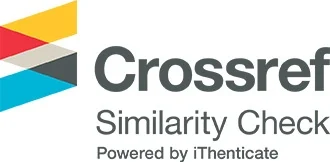PREPARATION AND CHARACTERISATION OF ANTI-FAT1 POLYCLONAL ANTIBODIES
DOI:
https://doi.org/10.65137/lmj.v6i1.101Abstract
Fat cadherins comprise the largest of all known members of cadherin superfamily. They are present in all multicellular organisms and retain a high degree of structural conservation. In Drosophila there are two Fat genes: Fat and Fat-like, whilst in vertebrates there are four members called Fat1, Fat2, Fat3 and Fat4. Our lab group focused on the use of various biochemical methods to analyse expression of the FAT1 protein. Because of the high molecular size of FAT1 protein our laboratory has used affinity purification to prepare bespoke rabbit anti-FAT1 antibodies using FAT1 protein prepared as GST fusions. five overlapping segments of the FAT1 cytoplasmic tail designated A, B, C, D and E as GST-fusion proteins contained within pGEX plasmids were assigned in our lab. According to their sequences and hosted rabbit name antibodies were named N34B, N35B and N34E. To test the efficacy of each antibody preparation, two different techniques were undertaken, first Western blotting and second immunofluorescent staining. By this analysis the immunoreactivity of N34B, N35B and N34E compare favourably with the CTD-pAb. N34E produced less than satisfactory results in this test with low signal to noise and these results are omitted here. This staining pattern was largely consistent between N34B and N34E, but the signal to background was a considerably high. According to that the use of the new B and E antibodies was restricted to Western blotting where these reagents fulfilled the functional requirementsDownloads
Published
2019-12-30
Issue
Section
Pharmacy
How to Cite
PREPARATION AND CHARACTERISATION OF ANTI-FAT1 POLYCLONAL ANTIBODIES. (2019). Lebda Medical Journal, 6(1), 229-235. https://doi.org/10.65137/lmj.v6i1.101








